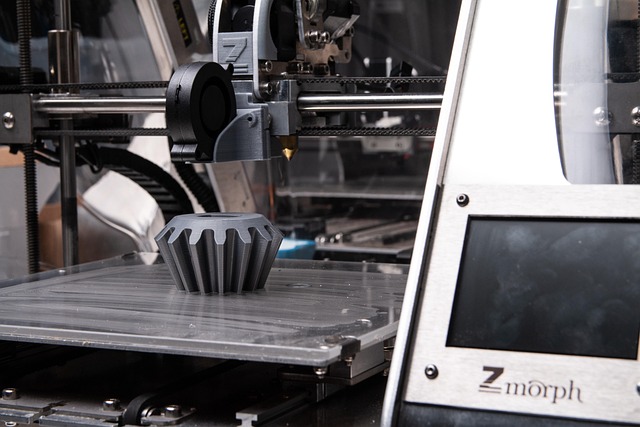
Revolutionizing IT: Exploring the Impact of 3D Printing Technology in Hardware
The advent of advanced technologies has always played a pivotal role in reshaping various industries, and the realm of Information Technology (IT) is no exception. Among the myriad of innovations, 3D printing technology is emerging as a game-changer, particularly in the field of hardware development. As we delve deeper into this fascinating intersection of technology, let’s explore how 3D printers are revolutionizing IT hardware and the implications it holds for the future.
Traditionally, hardware development was a time-consuming and costly process, often requiring extensive resources and multiple iterations before achieving a final product. However, with the introduction of 3D printers, the landscape has shifted dramatically. These printers allow for rapid prototyping and product development, significantly reducing both time and costs. Imagine being able to create intricate components in-house without waiting weeks for external manufacturers! This acceleration not only speeds up the development cycle but also encourages a more innovative approach to design.
Moreover, 3D printing technology fosters customization in ways that were previously unimaginable. In IT hardware, where the need for tailored solutions is increasing, 3D printers can produce bespoke parts suited to specific needs. This level of customization can cater to unique requirements, whether it’s creating a prototype for a groundbreaking new device or developing components that integrate seamlessly with existing systems. The flexibility of this technology is a boon for IT professionals who constantly strive to meet diverse customer demands.
Another significant impact of 3D printing in IT hardware is sustainability. Traditional manufacturing often involves high levels of waste, but with 3D printing, materials are used more efficiently. It’s not just about producing less waste but also about utilizing recyclable materials to create hardware components. As the IT sector becomes increasingly conscious of its carbon footprint, 3D printing technology presents a viable solution to promote eco-friendly practices without compromising quality.
Furthermore, the ability to print complex geometries that would be challenging or impossible to achieve through traditional methods opens up new possibilities for innovation in hardware design. Engineers and designers can push the limits of creativity, exploring new shapes and functions that can enhance performance. This innovation can lead to the development of devices that are lighter, stronger, and more efficient—key considerations in a world that demands high functionality from ever-smaller hardware.
As we look towards the future, the role of 3D printers in IT hardware will continue to expand. Organizations that embrace this technology are likely to gain a competitive edge by being able to respond rapidly to market demands and innovate more effectively. The integration of 3D printing technology into the IT landscape is not just a trend; it’s a fundamental shift towards a more agile, customized, and sustainable approach to hardware development.
In this dynamic environment, the question now is: how will you leverage 3D printing technology to elevate your projects and meet the ever-evolving challenges of the IT world? The opportunities are limitless, and the future is indeed bright for those who are willing to innovate.


